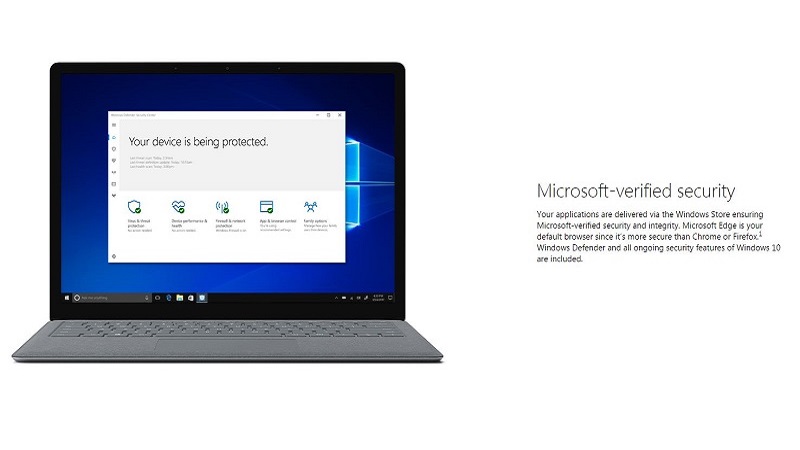Microsoft Debuts Walled Garden Windows 10 S
Samuel Wan / 8 years ago

Along with their new Surface Laptop, Microsoft has also released some new hardware. After months of speculation and leaks, we finally have what appears to be the production version of Windows 10 Cloud. With the new Windows 10 S, Microsoft has finally created a new operating system that is solely differentiated by a marketing decision to limit the types of applications it can install.
In line with the rumours of Windows 10 Cloud, Windows 10 S is limited to install applications from the Windows Store only. Both UWP apps and Win32 apps which have been ported using Desktop Bridge from the store will work. However, Win32 apps using their native installer will fail. The limitation is merely a toggle introduced in the Creators Update which blocks non-store apps from being installed.

Unlike regular Windows 10 Home, Pro and Enterprise, this toggle is not user accessible in Windows 10 S. As UWP apps and even ported Win32 apps offer more predictable behaviour, the goal is to provide more consistent performance, battery life, and security. The new OS is aimed at organisations that want to lock down devices to provide a uniform and consistent experience across the line and exert more control over the devices. The main target segment is the education market which has been dominated by Chromebooks of late. Windows 10 S will attempt to offer the same low-cost, security and battery life.
In order to bypass the limitation, a $50 upgrade can be purchased to get Windows 10 Pro. At this point, it is hard to see the allure of Windows 10 S. Windows RT which was similarly locked down failed miserably due to a lack of applications among other issues and the current store, while vastly larger, is still lacking. It will be interesting to see if Windows 10 S will take off due to its easier maintenance or will users shun its limitations and choose to control their system consistency another way.



















